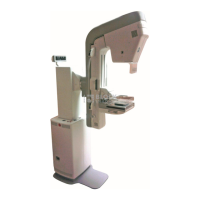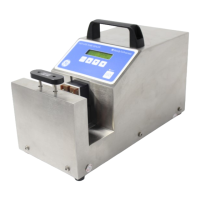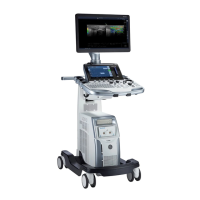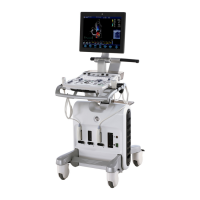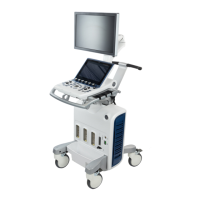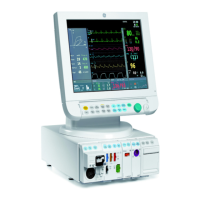Chapter 2 Page no. 30
Publication Presentation.fm
GE Healthcare Senographe DS
Revision 1 Service Information and Procedures Class A 2385072-16-8EN
Publication Presentation
3. PUBLICATION CONVENTIONS
3-1. Typographical Convention
• In text describing the user interface, italic and bold characters differentiate between body text and
on-screen or hardware captions and labels, entered text, etc.:
- Italics are used for references to hardware items and text which appears on-screen (e.g., menu
titles, button labels, on-screen messages, etc.).
- Bold face is used when specific instructions are given for the entry of text or selection of a menu
option, etc.
• In text describing the command line interface (CLI), italic and
bold courier characters are used to
differentiate between body text and the command line:
- Italics are used for references to filenames and directory paths.
-
bold courier face is used when specific commands are entered at the command line.
• In other text:
- Italics are used when a specific concept is introduced.
- Italic and bold characters can also be used for local emphasis.
- Blue italics are used for cross references.
3-2 Entering and Typing Instructions
Depending on the situation, you are instructed to either enter or type a command or string of text.
If you are instructed to enter a command or string of text, it means that you have to press the <Return>
key after typing that command or string of text. For example, in a CLI you are instructed as follows:
Move to the temp directory, by entering:
cd temp
If you are instructed to type a command or string of text, it means that you do not have to press the
<Return> key after typing that command or string of text. You are instructed to type, in the following
cases:
- typing a menu option in a CLI which does not require you to press the <Return> key
- field entries in a graphical user interface (GUI)
For example, to specify your name in a GUI field you are instructed as follows:
Type your first name in the First Name field.
or
Type 192.168.0.5 in the IP Address field.
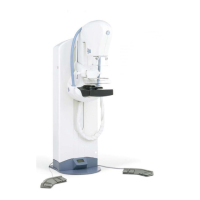
